TARANTULE IS A GREAT POISON SPIDER
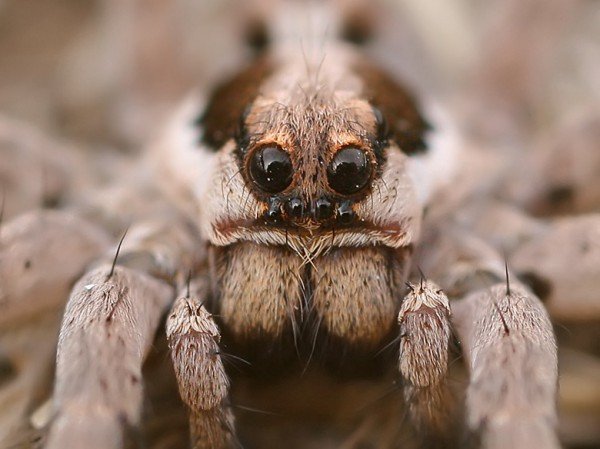
Tarantula is definitely not the most pleasant representative of the animal world, given that in addition to its peculiar appearance, it is also a poisonous insect. The name of this spider - "tarantula", came to us from Italy of the Renaissance. In those days, many of these spiders were found in the cities of Italy, and as a result, many people were bitten by them. Because of the bite, the unfortunate people suffered from convulsive seizure conditions, of course, these conditions could have been caused by other reasons, but then they were tied up with spider bites. And the largest number of people bitten was in the Italian city of Taranto, which gave the name to this spider - the tarantula.
An interesting fact: to cure the effects of the bite of this spider, medieval physicians prescribed dancing a special dance until you drop - tarantella, which by its name and history of origin is also directly connected with the city of Taranto, and with the hero of our today's publication - the spider tarantula.
Tarantula: description, structure, characteristics. What does a tarantula look like?
A tarantula is a type of arthropod, arachnid class, a spider order, a family of wolf spiders and the genus of tarantulas proper. Like many arthropods, the body of the tarantula is covered with small hairs. In general, in the structure of the body of a tarantula, there are two main parts: the head and chest.
At the top of the head of a tarantula there are as many as eight eyes, 4 of which are located in a straight line, and the rest of the larger eyes are arranged in a trapezium. Due to this arrangement of the eye tarantulas have a viewing angle of 360 degrees. In addition to well-developed vision, these spiders have an excellent sense of smell, with which they can sense potential prey at a considerable distance (as for these insects).
The size of a tarantula varies from 2.5 to 10 cm. The spread of the paws of this spider can reach 30 cm. Like many insects in the world, tarantula females are usually many times larger than males.
Throughout their lives, tarantulas change several times the peculiar chitinous “armor” that covers their body. Also, the tarantula has four pairs of long hairy legs, allowing the spider to comfortably move around the loose or even water surface.
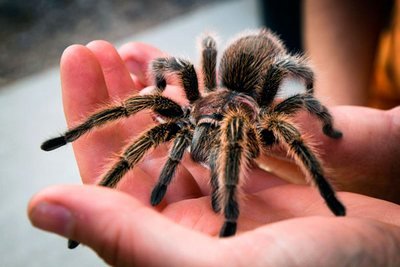
The mandibles of the tarantula are covered with poisonous channels, they are very strong and serve the spider as a means of defense and attack.
The color of a tarantula is usually brown, gray or black. Although sometimes there are also representatives of these spiders with lighter colors.
What is different from tarantula tarantula
Tarantulas are different from tarantulas by the chelicer structure. In tarantulas, they move in a parallel direction, in tarantulas in the medal direction towards each other.
Also, these spiders belong to different families, tarantulas - to the family of wolf spiders, tarantulas - to the family of tarantulas.
Where the tarantula lives
Tarantula spiders live in a wide geographic range: Eurasia (but only its southern part), North Africa, both Americas, and Australia. Steppe, forest-steppe, desert and semi-desert climatic zones are chosen as places of residence. Since they love heat, they are not in the northern cold latitudes.
Tarantula lifestyle
Tarantulas are single nocturnal, descend with the opposite sex only during the breeding season. All male tarantulas, without exception, are hostile to each other.
During the day, these spiders hide in deep, vertical holes, while at night they go hunting.
What eat tarantulas
As you probably already guessed, tarantulas are notorious predators, their food consists of numerous small insects and amphibians: caterpillars, bear cubs, crickets, beetles, cockroaches, small frogs, etc. The tarantulas guard their shelter and then rapidly attack. By attacking, they paralyze the prey with their poison, which later turns its insides into a nourishing liquid, then the tarantula sucks it out like a "cocktail".
The process of absorption of food by a tarantula can take several days, but in general they are not very voracious and can do without food for a long time, the main thing is to have access to water.
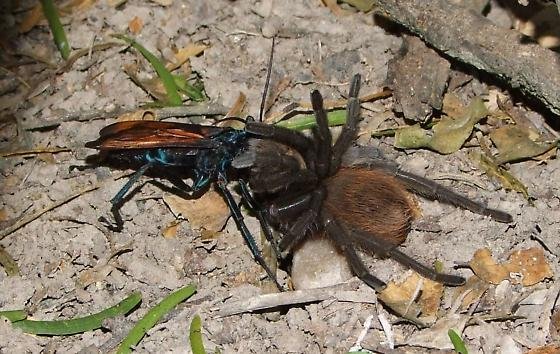
Breeding tarantulas
The mating season in many species of tarantulas takes place in late summer. The sexually mature male weaves a web, then begins rubbing his abdomen against it. As a result of this, he ejaculates the seminal fluid that enters the web. Then the male immerses in it his pedipalps, which absorb it, and become ready for fertilization.
And only then begins the search for the female. Having found his “lady”, the male begins courtship, which includes the performance of a kind of mating dance. If the female replied to the “gentleman” in return, he plunges his pedipalps into her cloaca and fertilizes her. Then it is very desirable for the male to leave his “lady” faster so as not to become a dinner for her, as is the case with praying mantis and some other insects.
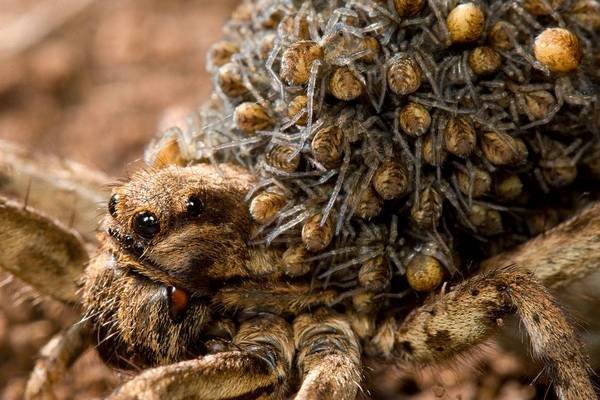
Then the baton of the extension of the genus passes to the female, she begins to weave a special cocoon, where she lays her eggs, laying usually happens from 50 to 2000 eggs.
Eggs ripen for 40-50 days, and small tarantulas hatch from them, which begin to grow rapidly, and by 2-3 years have already reached sexual maturity.
Tarantula bite and the effect of poison on humans. Is the tarantula dangerous?
The tarantula itself is unlikely to attack a person. But this can be forced by the actions of the person himself, for example, if he accidentally touches the spider, the postunit can bite as self-defense.
A tarantula bite for a healthy person is not dangerous, except for children and people with allergic reactions, in such it is necessary to seek professional medical help.
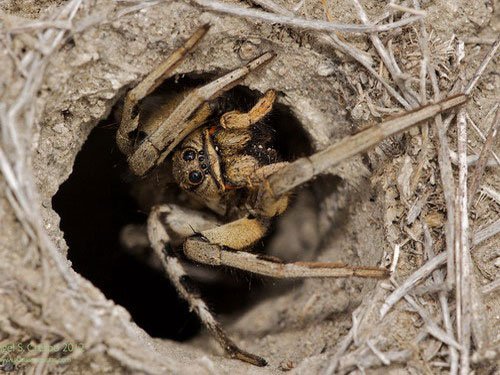
First aid for tarantula bite
First of all, it is necessary to wash the wound with antibacterial soap and treat it with an antiseptic. Then cool the bite with an ice pack and take antihistamines. Drink a lot of liquids, but in no case alcohol, and of course, seek professional medical assistance.
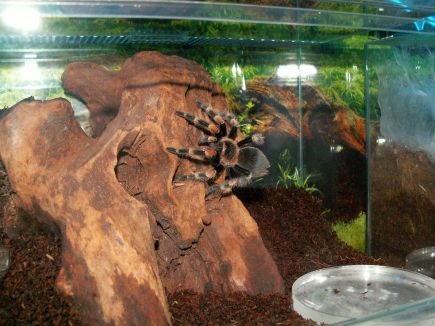
Posted from my blog with SteemPress : https://dlivevsteemit.000webhostapp.com/2018/11/tarantule-is-a-great-poison-spider
Source
Direct translation without giving credit to the original author is Plagiarism.
Repeated plagiarism is considered spam. Spam is discouraged by the community and may result in action from the cheetah bot.
More information on Image Plagiarism
If you believe this comment is in error, please contact us in #disputes on Discord
Please note that direct translations including attribution or source with no original content is also considered spam.